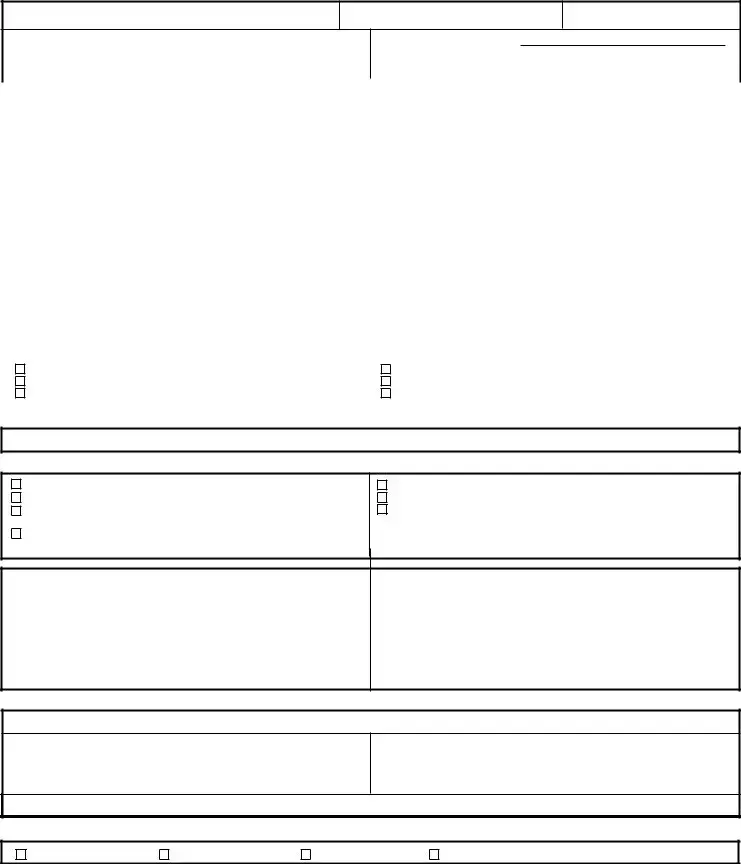What is the Alabama 362 form used for?
The Alabama 362 form is utilized for the purpose of referring Medicaid recipients to various healthcare services. This includes routine screening, specialized treatment, case management, and other healthcare necessities. The form plays a crucial part in the coordination between primary care physicians, specialists, and other healthcare providers, ensuring that Medicaid recipients receive the necessary care tailored to their specific health needs.
Who needs to fill out the Alabama 362 form?
Healthcare providers, particularly primary care physicians who are managing the care of a Medicaid recipient, need to fill out the Alabama 362 form. In situations where a different screening provider is involved, they would also contribute information to the form. Essentially, any healthcare provider looking to refer a Medicaid recipient for additional services must complete this form as part of the process.
How long is the referral on the Alabama 362 form valid?
The duration for which the referral is valid can vary. It is determined by the referring provider and must be indicated on the form itself. The referral can be set for a specific number of months or for a specific number of visits, starting from the date the referral begins. This flexibility allows healthcare providers to tailor the referral timeframe to meet the specific health needs of the Medicaid recipient.
Can the Alabama 362 form be used for emergency referrals?
While the Alabama 362 form is primarily designed for planned referrals within the Medicaid system, it includes options for various types of referrals, including urgent care needs. However, in an emergency, immediate medical care should be sought without delay, and the healthcare provider can fill out the form retrospectively if necessary to document the referral and care coordination.
What does "EPSDT" stand for on the Alabama 362 form?
"EPSDT" stands for Early and Periodic Screening, Diagnostic, and Treatment. This part of the Medicaid program ensures that children and adolescents receive appropriate preventive, dental, mental health, and developmental services. The Alabama 362 form facilitates referrals for these vital services, ensuring eligible recipients receive comprehensive care.
Is there a specific section for additional diagnoses on the Alabama 362 form?
Yes, the Alabama 362 form includes a section where healthcare providers can list other conditions or diagnoses identified at the time of referral. This is crucial for ensuring that the recipient receives comprehensive care and that any additional treatment needs are communicated effectively to the consulting provider.
What information is required from the consulting provider on the Alabama 362 form?
The consulting provider is required to submit information regarding the findings of their examination or service, including the date, diagnosis, and their signature. They also need to provide their contact information, allowing for effective communication and coordination of care. Additionally, they have the option to communicate the findings through various means, including mail, email, or fax, and are encouraged to also make a phone call if necessary.
How is the Alabama 362 form submitted?
The Alabama 362 form should be submitted according to the preferences of the primary physician or referring provider. This may involve mailing, emailing, or faxing the completed form to the appropriate party. It's important for providers to communicate and agree upon the submission method that best ensures timely and effective coordination of care.
Can the Alabama 362 form be used for referrals to multiple providers?
Yes, the form allows for what is known as "cascading referrals," where a consultant refers the Medicaid recipient to another provider for additional identified conditions or for further evaluation and treatment as necessary. This process is facilitated through specific sections on the form designed to capture and communicate the need for multiple referrals effectively.
Where can providers find more information about how to properly fill out the Alabama 362 form?
Providers can find more information and guidance on how to properly fill out the Alabama 362 form by visiting the Alabama Medicaid Agency's official website at www.medicaid.alabama.gov. This resource offers detailed instructions, updates, and contact information for providers who may have further questions about the referral process or form requirements.
